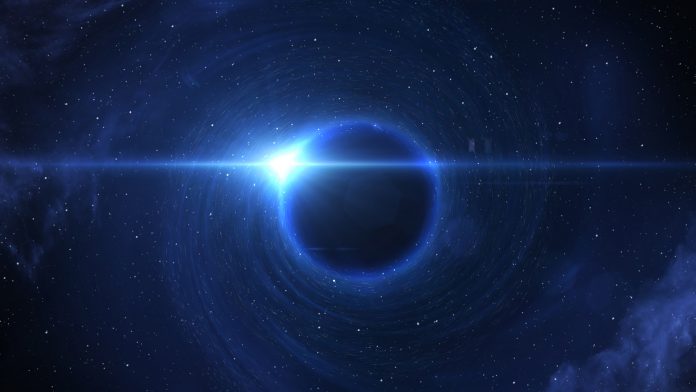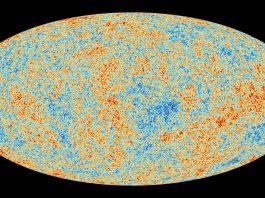Theoretical physicists at the PRISMA+ Cluster of Excellence at Johannes Gutenberg University Mainz, Germany, speculate that the existence of a fifth dimension could solve many open questions in physics.
The team is developing a theory to explain the existence of dark matter, surrounding a fifth dimension in spacetime that goes beyond the Standard Model of particle physics. Until now, scientists have faced the problem that the predictions of their theory could not be tested experimentally. They have now overcome this problem in a publication in the current issue of the European Physical Journal C.
To unify the forces of gravity and electromagnetism in the 1920s, Theodor Kaluza and Oskar Klein speculated about the existence of an extra dimension beyond the familiar three space dimensions and time – which are combined into 4-dimensional spacetime. If it exists, such a new dimension would have to be tiny and unnoticeable to the human eye. In the late 1990s this idea saw a remarkable renaissance, when it was realised that the existence of a fifth dimension could resolve some of the profound open questions of particle physics.
Now, the group from Johannes Gutenberg University in Mainz’s PRISMA+ Cluster of Excellence made another unexpected discovery: they found that the 5-dimensional field equations predicted the existence of a new, heavy particle with similar properties as the famous Higgs boson but a much heavier mass – so heavy, in fact, that it cannot be produced at CERN’s the Large Hadron Collider.
The detour through the fifth dimension
In this new paper, the researchers found a spectacular resolution to this dilemma. They discovered that their proposed particle would necessarily mediate a new force between the known elementary particles (our visible Universe) and the mysterious dark matter.
Even the abundance of dark matter in the cosmos, as observed in astrophysical experiments, can be explained by their theory. This offers exciting new ways to search for the constituents of the dark matter – via a detour through the extra dimension – and obtain clues about the physics at a very early stage in the history of our Universe when the dark matter was produced.
Matthias Neubert, head of the research team, said: “After years of searching for possible confirmations of our theoretical predictions, we are now confident that the mechanism we have discovered would make the dark matter accessible to forthcoming experiments, because the properties of the new interaction between ordinary matter and dark matter – which is mediated by our proposed particle – can be calculated accurately within our theory. In the end – so our hope – the new particle may be discovered first through its interactions with the dark sector.”









